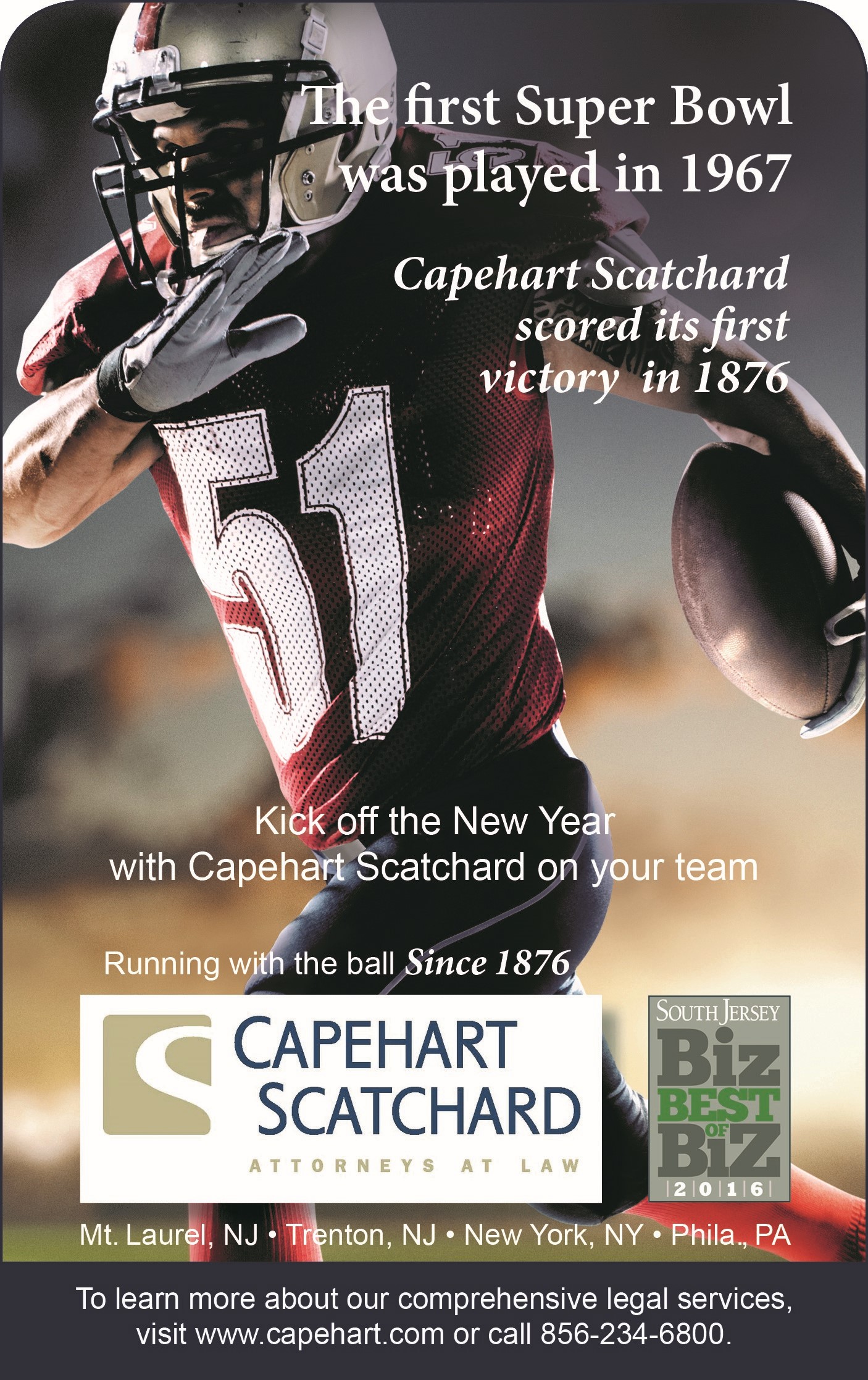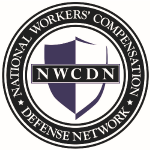Compensability Determination Comes Down to a Measurement in Harrah’s Premises Claim
The premises rule in New Jersey states that employees are covered when they are on property owned or controlled by the employer. How far can this be stretched? When a car accident occurs on a public street with only part of the car touching the employer’s premises, is an injury still covered under the New Jersey Workers’ Compensation Act?
This precise issue was posed in Burdette v. Harrah’s Atlantic City, A-4797-12T1 (App. Div. January 17, 2014). A casino dealer, Carla Burdette, finished her shift and proceeded to her Ford Explorer in the Harrah’s parking yard. She then drove her vehicle along an internal Harrah’s driveway, passed through a Harrah’s security gate, and made a lawful left turn onto MGM Mirage Boulevard, a three lane public highway.
At the very same time, another vehicle was proceeding northwest and collided with Burdette’s vehicle. The impact occurred on MGM Mirage Boulevard, but a portion of the rear of Burdette’s car was positioned over the Harrah’s driveway apron.
Burdette filed a claim petition seeking workers’ compensation benefits. Harrah’s rejected the claim and asserted that the impact of the accident occurred on a public street, not on Harrah’s property. The Judge of Compensation noted that about one foot of Burdette’s car was still in the area of the parking lot controlled by Harrah’s and therefore found the case to be compensable. Harrah’s appealed.
The Appellate Division reviewed the premises rule and observed that the key questions were those of where the accident occurs and whether the employer controls the location of the accident. The court said that the workers’ compensation act must be liberally construed in favor of coverage for the protection of employees.
The circumstances of the present case plainly reveal that Burdette never fully left her employer’s premises. Although her vehicle was in the midst of navigating a left turn onto a public thoroughfare, the exact spot where Burdette suffered injuries was neither remote from, nor unconnected to, her work premises. We reject Harrah’s ultra-rigid approach that focuses only on the colliding vehicles’ point of impact and the front seat location of Burdette in her Explorer. Instead, applying the common sense and the policies inherent in the Act, we subscribe to the judge of compensation’s viewpoint that the injuries suffered here were a result of Burdette’s firm attachment to her place of employment, albeit while on her way home.
This case illustrates that any established rule can seem capricious at the margins. When it comes to the premises rule, courts will interpret the rule liberally in favor of coverage given the social policy behind our workers’ compensation laws.








Connect with Capehart Scatchard